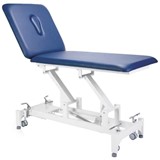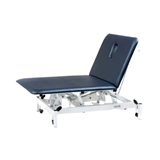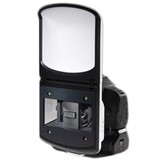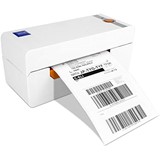A heart attack at work is an unexpected and life-threatening event where it only takes 30 minutes to cause irreversible damage to the body. Approximately 300,000 Australians have chronic heart failure, which pushed coronary heart disease as the second leading cause of mortality in the country next to Alzheimer's.
In a medical emergency, it is crucial to identify the priorities within a small survival window. The part that makes a heart attack hard to suspect in someone is the subtlety of its early symptoms.
Recognise the Symptoms
The subtle symptoms of heart attack make it a notorious silent killer. Often, these signs seem like typical symptoms that are less serious, such as:
- Growing pain on the left part of the chest: A persistent and increasing pain in the left side of the chest where the heart is located is one of the primary indicators of a heart attack. It’s often mistaken as a sore chest muscle and dismissed as not life-threatening.
- Pain in the arms: This pain typically radiates from the chest to the left arm but can also affect the right arm.
- Pain in the neck and back: Discomfort in the neck and back indicates the restriction of blood flow, which can also signal a heart attack.
- Other subtle symptoms: Cold sweats, nausea, dizziness, and general malaise are common but often overlooked symptoms.
Training employees to be aware and recognise these symptoms through regular first aid and emergency preparedness programs helps keep everyone ready in case a heart attack at work occurs.
Understanding the Urgency of a Heart Attack
According to John Hopkins Medicine, irreversible complications from a heart attack can occur within 30 minutes and death can result within 4 hours if not treated promptly.
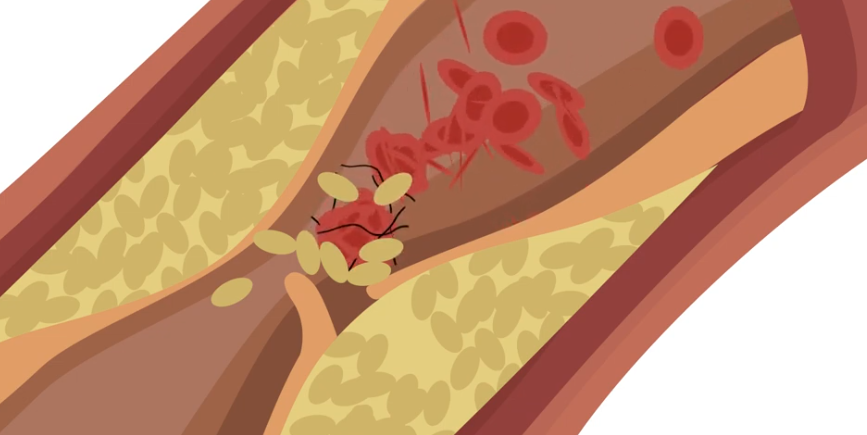
During a heart attack, the heart’s blood supply is blocked, depriving the heart muscle and other organs of oxygen. Without immediate intervention, the heart muscle begins to die, leading to the significant death of other organs relying on it.
5 Life-Saving Steps to Do During A Heart Attack at Work
Knowing what to do during a medical emergency empowers everyone in the workplace to act efficiently and potentially save a colleague's life. These steps prioritise crucial actions, starting with calling for help.
#1 Call for ambulance
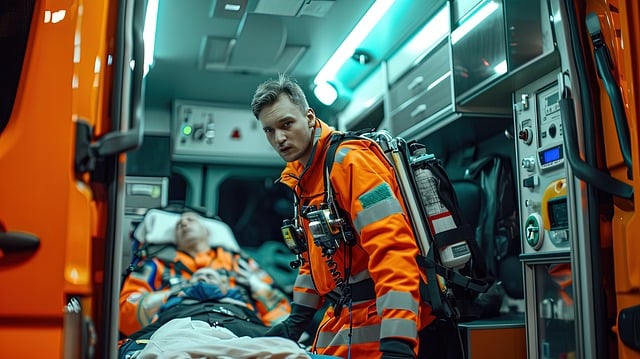
The first and most critical step is to call the 000 emergency hotline immediately. Inform the dispatcher about the situation and follow their instructions while waiting for professional help. You only have a small time window to keep the patient’s heart beating until the ambulance comes.
If multiple people are present, designate one person to call for help and another to assist the patient. The emergency operator will ask for the following information so keep it handy during the call:
- What happened
- Number of patients
- Age and sex of the patient(s)
- Vital status of the patient (conscious or unconscious, breathing or not breathing)
- Location of the place or emergency markers nearby
#2 Lay down and check the vital signs of the patient

When a patient is unconscious, their weight can significantly increase and may cause them to collapse and bump their head or fall on the railings. First, protect their head and move them to a safe location with assistance.
Help the patient lie down in a comfortable position and monitor their breathing and pulse. This can prevent further strain on the heart and help maintain vital functions.
#3 Decompress pressure points

Loosen any tight clothing around the neck and chest to relieve pressure and improve blood flow. Unbutton their shirts and loosen tight belts to alleviate additional pressure on the heart and lungs and let the blood flow freely.
#4 Start Cardiopulmonary Resuscitation or CPR

If the person has no pulse, is unresponsive and not breathing, begin CPR immediately. This involves chest compressions and rescue breaths to maintain circulation and oxygen flow to the brain and vital organs until treatment is available.
Effective CPR may require significant force, which can sometimes cause ribs to crack. The principle is usually 30 chest compressions for every 2 rescue breaths. The patient may snort or grunt in pain but it’s normal due to the force needed to keep their blood flowing.
#5 Utilise an Automated External Defibrillator (AED) or Publicly Accessible Defibrillator (PAD)
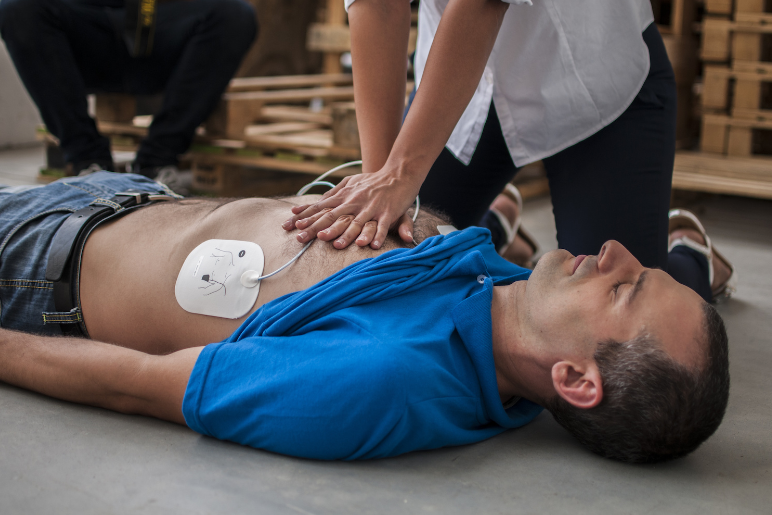
An Automated External Defibrillator (AED) is a lifesaving device that helps deliver an electric shock to restart the heart’s normal rhythm. Look for an AED in your workplace or ask everyone where it’s stored.
AED has been instrumental in saving Dylan Home’s life, a worker who had a cardiac arrest at an industrial business in Mackay, Queensland. He was shocked nine times until the ambulance came.
Thanks to the initiative of his colleagues to use their workplace AED, his recovery was swift and was able to get discharged one week after the incident. In his interview with ABC, Dylan Home shared his story by saying, "The ambulance lady said that if [my work] didn't have a defibrillator, I wouldn't be alive now".
Workplace managers must ensure AEDs are accessible and not hidden in drawers. Employees must also be trained to use them correctly even if AED has automated instructions.
Impact of Heart Attack Incidents in the Workplace
Heart attack incidents in the workplace not only endanger the affected individual but can also have broader implications for the whole business. These include:
- Loss of Employee Trust: Employees may feel unsafe or undervalued if proper emergency measures are not in place. The lack of proper emergency preparedness may also cause an uproar on the workers’ end and may demand better emergency initiatives from the company.
- Financial Costs: Medical emergencies can lead to significant financial costs, including increased insurance premiums, labour shortages, and potential legal liabilities. Compliance with worker’s rights might be tapped by authorities in case there is evidence of negligence on the company’s end.
- Is heart attack at work covered by workers' compensation?
According to the Worker’s Compensation Act of 1987 section 9b, employers are not obligated to provide compensation unless the employment puts the patient at greater risk for it.
- Is heart attack at work covered by workers' compensation?
- Reputation Damage: Companies may suffer reputational damage if they are perceived as negligent in ensuring workplace safety. Damage in reputation may affect the company's brand image, which is directly relevant to the business.
Workplace Initiatives that Can Save Lives
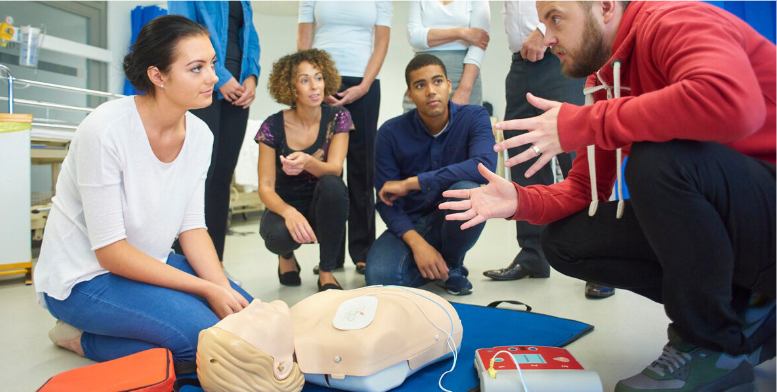
Protecting your employees ensures the safety and well-being of your business. Here are some workplace initiatives that you may consider to build a robust medical emergency plan:
- Conduct CPR Training: Regular CPR and first aid training for employees can prepare them to respond effectively to emergencies. It helps set their expectations and learn the critical steps on what to do when life-threatening incidents occur.
- Health Emergency Awareness Programs: Educate employees about recognising symptoms and responding to heart attacks through seminars and workshops. Spreading awareness about not downplaying subtle symptoms is key in the early detection and treatment of heart attacks. Wellness programs for heart health not only prevent medical emergencies but also foster a health-conscious culture within the business.
- Policy Heads On-Floor: Assign designated health policy heads during each shift who are trained to manage emergencies and have access to necessary resources. Empowering employees helps the workplace develop trust in everyone and boost their critical thinking skills in times of medical emergencies.
- Investment in AED and Regular AED Maintenance: Ensure AEDs are well-maintained and regularly checked for functionality. This includes checking batteries, and electrode pads, and ensuring all necessary components are present. Ensure that every building has a functional AED for ease of access and the whole workplace gets the same level of medical provision.
In the case of the heart attack survivor Dylan Home, the company took ten years for them to use the AED for the first time. Investing in an AED gives the whole workplace a sense of peace of mind in the present and the future until it requires replacement. - Integration into Safety Protocols: Integrate heart attack preparedness into existing safety protocols and compliance requirements like COVID-19 outbreaks. Initiatives may include regular drills and clear communication of emergency procedures.
- Promote a Health-Conscious Culture: Encourage a workplace culture that prioritises health and wellness. This can include promoting regular health check-ups, stress management programs, fitness gym perks, and healthy food in the office pantry.
Be Ahead of the Uncertainty with MedicalSearch
Employees are the lifeblood of every organisation. When people feel valued through the complete provision of their benefits, they will happily give back to the workplace that nurtures them.
MedicalSearch empowers employers by making procurement of AEDs a swift experience with a partnership with verified AED suppliers in Australia based on your preferences.
Find the most suitable AED for your workplace today and get your quote before any emergency occurs.














